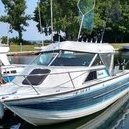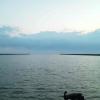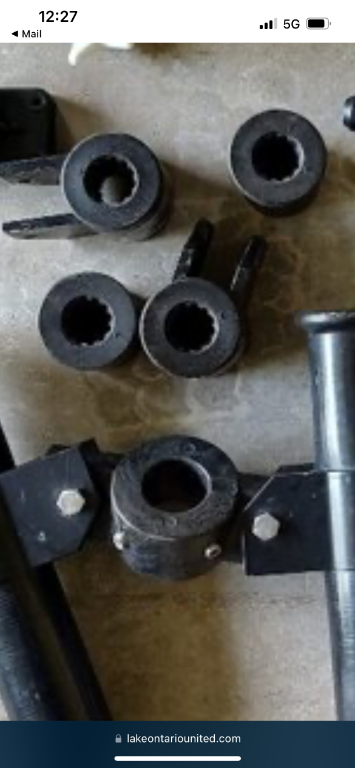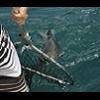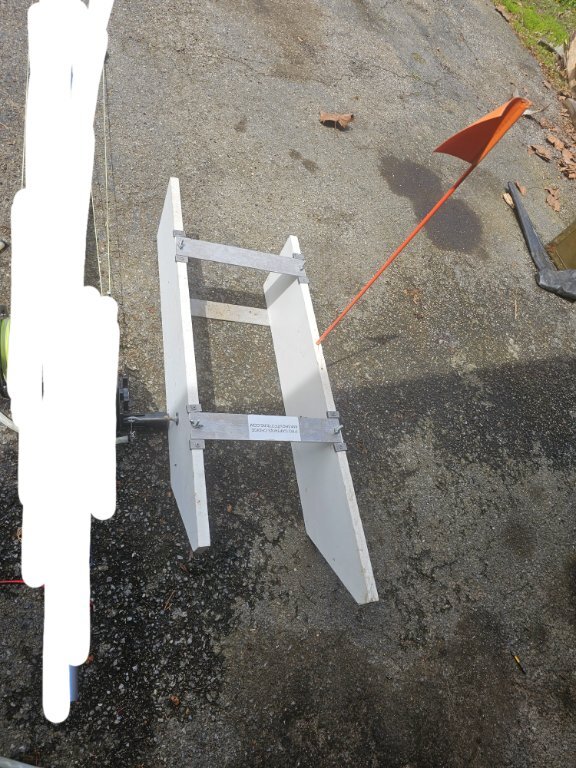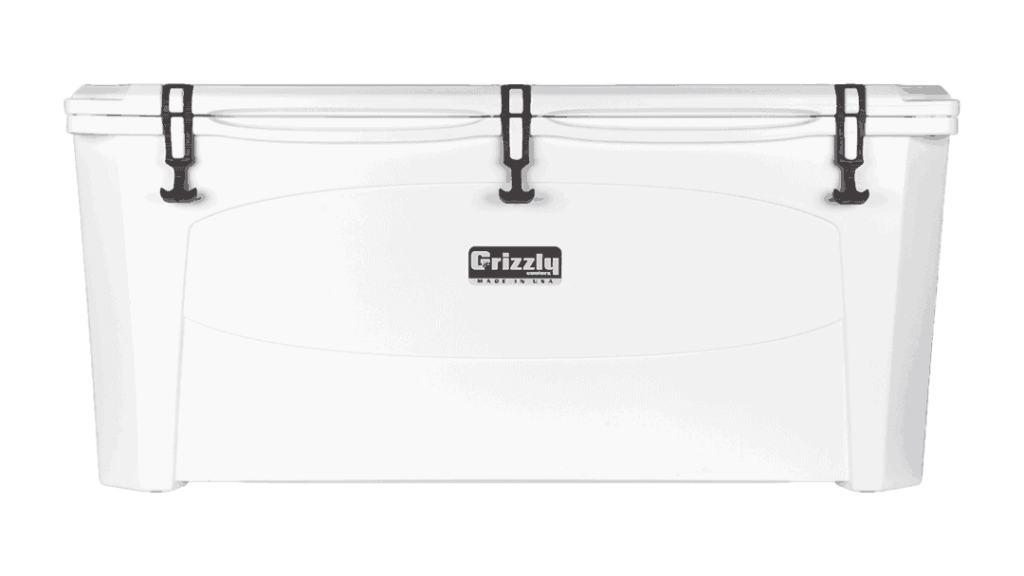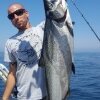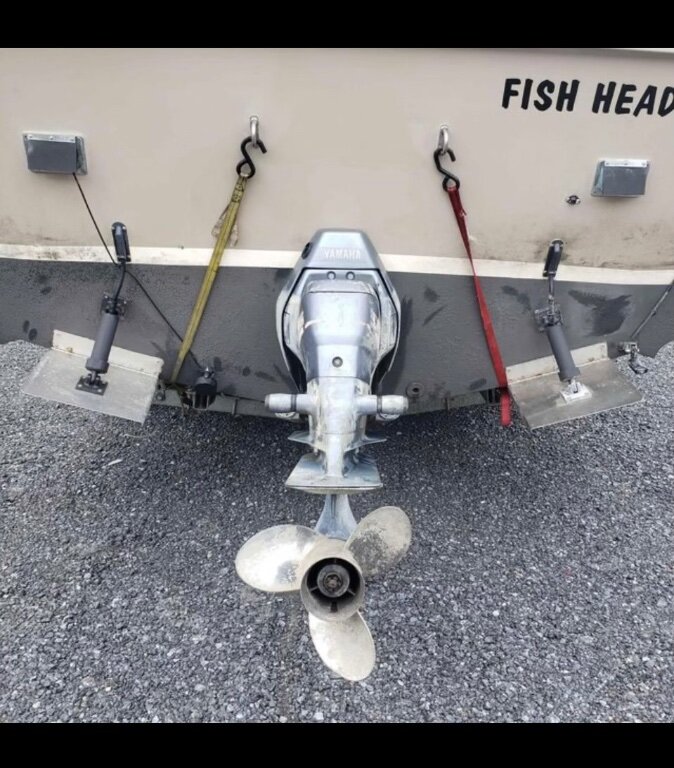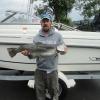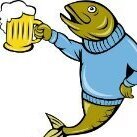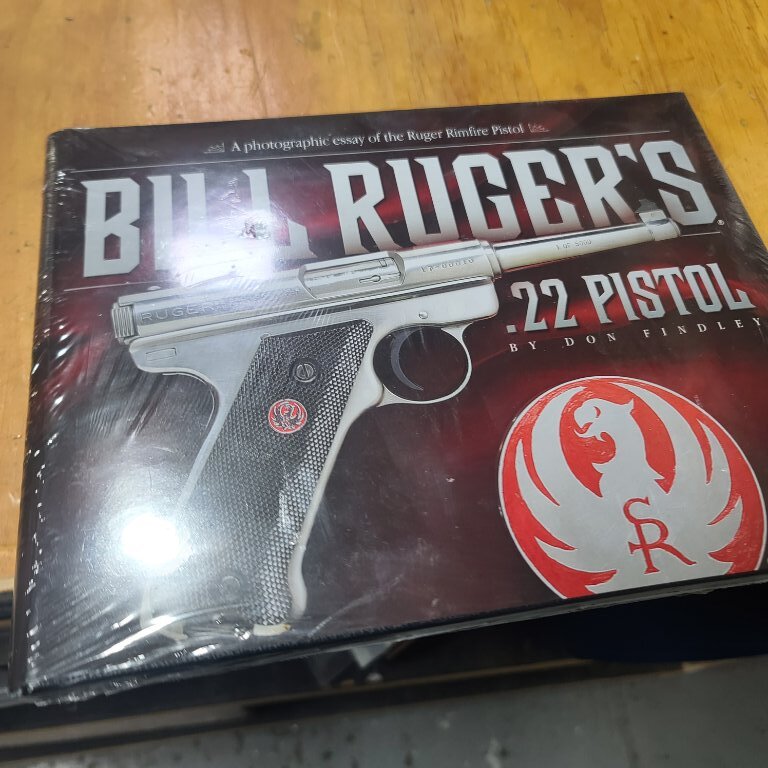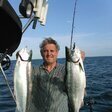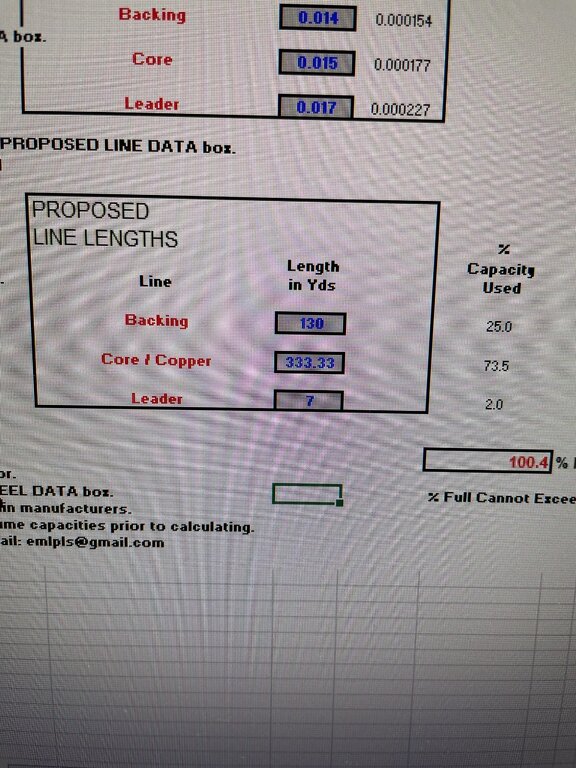-
Recent Topics
Sponsored Links Your Ad Here
HOT Topics
Quick Links
-
Lake Ontario Tweets
Instant Fishing Reports
-
Join Mailing List
Direct to your inbox
-
Fishing Log
Keep catch records
-
Lake Ontario Store
LOU Merchandise
-
LO Outdoors
Fishing Magazine
New York State Fishing
Upcoming Events
-
-
06 July 2024 04:00 AM Until 07 July 2024 09:00 PM
-
All Activity
- Past hour
-
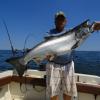
info How to open and close a FOR SALE ad
FISHBOPPER4 replied to Todd in NY's topic in Classifieds - Buy, Sell, Trade or Rent
-

for sale : usa Assortment Cannon downrigger accessories, rod holders, etc
MrFeesh replied to R tracker18's topic in Classifieds - Buy, Sell, Trade or Rent
-

for sale : usa Assortment Cannon downrigger accessories, rod holders, etc
R tracker18 replied to R tracker18's topic in Classifieds - Buy, Sell, Trade or Rent
-
I think when you decide to go out , you need a starting game plan and a starting spot . From Oak to Bald Eagle ,to Sandy, I have about 6 . These are inshore areas that have some sort of structure or drop offs that more than anything else ,affect the current . There always ( as long as there is good water ) some fish on or around them . I fish that spot and gradually move out till I hopefully find fish . I team up with a few guys on here when they go and we text back and forth to eliminate water . Sometimes I'm on my own but I have confidence in my ability to find and catch fish . Finding fish is 90% of it . I really don't change lures a lot till I see some sort of activity down there . If you have proven lures down in the strike zone , you will probably hookup if they are active . Once you venture off shore it's a crap shoot . If you find fish it can be great , if not , a long ride. If the lake flips ,it basically your only choice to run offshore till you find warmer water . I start fishing at 65 during summer once the lake sets up and the lake flips .
-

for sale : usa Assortment Cannon downrigger accessories, rod holders, etc
MrFeesh replied to R tracker18's topic in Classifieds - Buy, Sell, Trade or Rent
- Today
-
Perhaps the biggest strength of a seasoned fisherman is not the techniques learned over the years, but the network of other fishermen built over the years. Talking to find out what depth, what speed, what direction, what colors, what type of bait ... and keeping that information live as it changes day by day ... that cuts a lot of guesswork out. Don't be afraid to make friends at the dock ... and contribute to a central repository of information. Extract from those above, for a start ... the type of bait and colors that GENERALLY work this time of year, the depth (follow the pack), the speed, I'd say 1.8 mph to 2.8 mph ... start at 2.2 to 2.4 mph, and zig zag to get intel (outside line strike = the fish want faster speed, inside line = slower speed). If you mark fish, go through them at different angles at a consistent speed ... they'll strike one direction, but not the other direction, all other variables being the same. Take note of what worked, even a bite that you lost ... speed, direction, bait, color, depth ... everything ... and hone in on what is working ... try to apply to the other rods (with maybe some variability in the bait type and maybe accent colors).
-
for sale : usa Amish boards $100
dpiazza22 replied to dpiazza22's topic in Classifieds - Buy, Sell, Trade or Rent
-

for sale : usa Yankee's Spring Sale - Updated 5/9 @ 10:30am
cellar replied to Yankee Troller's topic in Classifieds - Buy, Sell, Trade or Rent
-

for sale : usa 2020 Ultraskiff 360 for sale with Minn Kota
jeff thomas replied to epawelski's topic in Boats for Sale
-

for sale : usa BERTS RATCHETING ROD HOLDERS
Jimmyi replied to Rusty's topic in Classifieds - Buy, Sell, Trade or Rent
-
1985 Bayliner trophy sport 28.5 foot fishing boat. Turn key ready to use. Comes with lots of upgrades: Bennet trim tabs Fish hawk for speed and temp Lowrance hds9 touchscreen fish finder with GPS and touch screen 2x Big John electric planner boards Scotty down riggers Hard top with full canvas New batteries Sure power on board battery charger Vhf marine radio 454 cubic inch Yamaha stern drive. 579 Engine hours. Load right galvanized trailer gvw 9028lb. 4 new radial tires. Boat draft in 2 foot of waters and with stern drive down it goes in 3.3 feet of water. Top speed is over 40 mph and trolls down to 1.5 mph. Used in freshwater only Lake Ontario. Never in saltwater. Kept in climate controlled garage. No rot. Owned over 30 years. Boat is ready to use. Any questions feel free to ask or call 717-991-7013! $17,000 OBO Thank you.
-
DSM5578 you have heard from some of the most proficient sport fishermen out there. A lot of valuable information which if this were the old days you might not be privy to it.....something to be carefully mulled over taking time to digest. I'm sure everyone on here has been in the same boat as you at some time in their fishing adventures and that should give you a lot of hope. Fishing Lake O for about 50 years now I've seen the ups and downs of many different aspects and it is worth mentioning there will pretty much always be a time when you don't connect with your hopes or expectations out there, and some of the time it may have nothing to do with you, or doing something wrong, or not doing something you should be doing. When you think of the lake in terms of water VOLUME instead of just distance from shore etc. you realize that there is a seemingly infinite space in which to operate. Some things become readily apparent in that much if not most of the water lack, structure in much of Lake O to hold fish there. Most of the salmon, and steelhead are pelagic which means that they travel for great distances and they don't generally hang around long in one spot (unless maybe food is available there), and they are not generally or necessarily bottom oriented either. One of the above tips mentioned keeping a diary of things that work, the conditions fished etc. and attention to detail. It is just as important when looking at the data recorded over time to note what DOESN'T work. That can serve as the basis for experimentation which can be critical to success when reviewed after a few times out. A lot of times you will hear "fish the marks" which can be valuable too but sometimes it is forgotten in the excitement of locating fish that many of the marks may not be the targeted species....there are many species available out there and a lot of them don't feed on the usual offerings for salmonids. Another frustrating thing is when you do mark fish and they won't hit no matter what you put out there, or how fast or slow you go it can be a matter of target fish that are just not hungry (may have fed previous night) or the wrong species; but the often experienced thought is "Am I doing something wrong?" which can lead to becoming discouraged when in fact it may have nothing to do with your techniques or even anything you are doing. Take into serious consideration the tips given here and experiment with adjustments, record the changes and the results but most of all don't give up hope it is a series of successive approximations to the final result or solution and attention to detail that distinguishes the successful from unsuccessful fishing.
-
Lots of good info on this thread and LOTS of people on here that are willing to help. Next time you go out, share some details (in a new thread) of what you used, how you did etc. The more details the better. This is very technical fishing and there is a learning curve. For me, confidence was a big one my first couple of seasons. I changed things up a lot and tended to overthink things. I now have a pretty good bag of tricks that I am confident in. If you are running 12 foot dipsey leads that should be fine.
- Yesterday
-
Look in your inbox for a message from me.
-
Location is always everything
-
If you let folks know a day or two before you arrive at either I’m sure you could get some good intel. Let us know where or when you’re heading up. All good info, nice to see people stepping up. Mostly Sandy guys so far but if you pick Olcott I would definitely tail one of the charter boats. Don’t get within a quarter mile of them but to not follow their lead without other intel would be silly. Spread your spread a little. Run lures that aren’t particularly speed sensitive. Been an interesting spring, location has been everything. Feast or famine. Don’t waste time in cold clear water.
-
Either Olcott or Sandy both are the same distance away.
-

for sale : usa BILL RUGERS .22 PISTOL
lyteline replied to mattym22's topic in Classifieds - Buy, Sell, Trade or Rent
-
What port do you normally fish out of?
-
From a novice weekend(hopefully) guy: Did you see fish on the finder? Any come up or down to your bait and not bite. Thats when you might have a gear or gear depth issue. Finding fish is key and difficult on your own, especially if you are out fishing only so often. The fish and lake itself move all the time. all techniques and gear don’t matter if you are not on any fish.
-
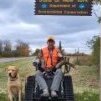
Lampreys off Oswego
cnyh2ofowler replied to cnyh2ofowler's topic in New York Fishing Reports - Lake Ontario (South Shore)
I didn’t know they had lampreys in Mexico, they probably slither right through the border wall. Fished Oswego on Saturday, probably caught a dozen kings, no eels. Caught a laker with a tag in it’s back, called the number on the tag and are waiting for a callback. -

for sale : usa BILL RUGERS .22 PISTOL
mattym22 posted a topic in Classifieds - Buy, Sell, Trade or Rent
-
I’d appreciate answers from owners of this technology or persons very familiar with this specific technology. Looking to find out : 1.) - Is the transducer sold with this particular unit ( seems like it’s the XM 9 HW MSI T ) the best choice or is it worth considering getting a separate transducer? 2.) Am I likely to get interference if I attempt to use this at the same time as a Lowrance HDS and a Garmin PanOptix system? Thanks!
-
-
If you are running braid backer of 30 lb, likely fits about 75 yds...here is what I do... wrap spool in duct tape, I use 50LB braid and put a handful of wraps (maybe 20ft), albright braid to wire, reel a few times of wire, one thin wrap of duct over wire where it hits spool as a sort of breaker are if I ever got into the spool that deep, then the rest of my 1000' wire. It's close enough to full that I don't worry I can fit another 50 yds of braid. I have been out 800' on a fish a couple times but with the sizes of kings now, hard to believe a risk being spooled if you know what you are doing..... unless maybe into mid 30lb fish. Just me as I rather not have that wire on the brim of the spool edge and get loose/wrapped in spool gears on the water.... speaking from experience By the way, for a mid-price between a Tekota/Fathom/Saltiga vs low end reels, they are a huge step up over a coldwater/convector etc.... if you own 15-20 outfits, saves a few bucks from the top line reels and they are more than sufficient in the 4+ years running them. And I also fish squall 20's with 65lb braid for 40-50 lb stripers in late fall in the Chesapeake Bay as well... 20's more than handle those size fish if that tells you anything about the drag and durability.


